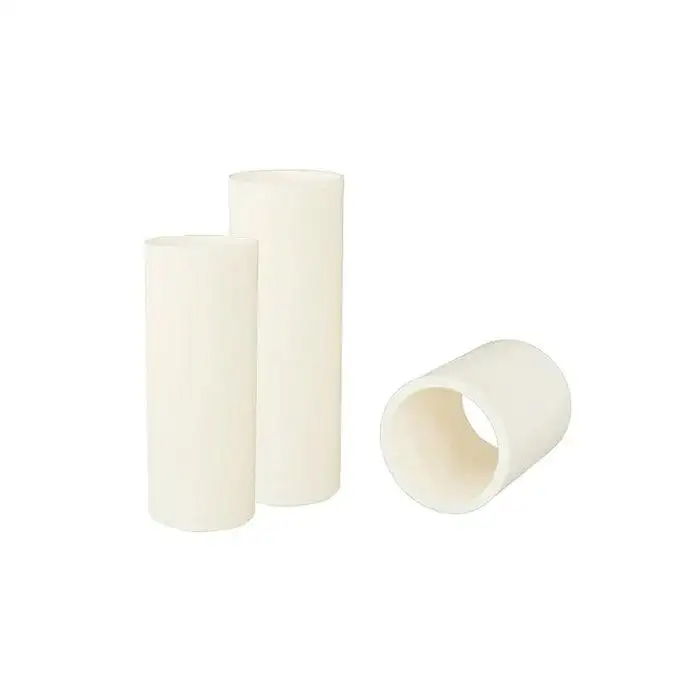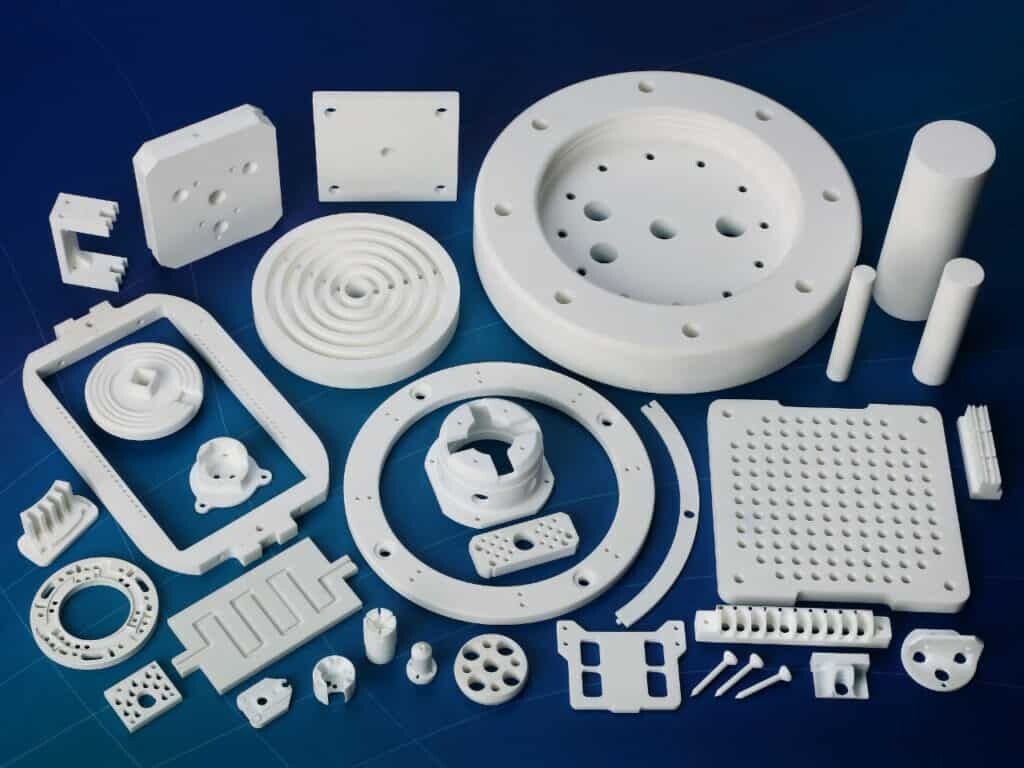Could Ceramic Alumina Tube Boost Efficiency in Heat Systems?
Ceramic Alumina Tube is a high-purity aluminum oxide component with strong thermal stability and excellent electrical insulation. It works in furnaces, kilns, and heat-treat lines. It shields thermocouples, guides hot gases, and protects feedthroughs in vacuum or reactive atmospheres. You'll also find it in chemical processing, semiconductor tools, and analytical instruments. Plants use it for corrosion resistance and wear control. Labs choose it for cleanliness and signal integrity. The promise is simple: tighter control, fewer stoppages, and lower energy use. But how much efficiency can it really unlock - and where does the gain come from?

The Hidden Efficiency Traps (And How We Remove Them)
Heat systems rarely fail loudly. They bleed value in slow, familiar ways: energy slips out through weak insulation paths, downtime creeps in as wear accumulates, and measurement accuracy drifts after repeated thermal cycling. A Ceramic Alumina Tube addresses these traps at once.
UPCERA uses 99%+ alumina for thermal stability and chemical inertness. That purity helps tubes hold shape under rapid temperature ramps and aggressive atmospheres. The result is fewer micro-gaps around seals, more stable probe positions, and more reliable readings over longer intervals. In practice, that means steadier temperature profiles and fewer "why is this batch off-spec?” post-mortems.
Energy loss is the most visible pain point. Compared with metallic sleeves, alumina's lower thermal conductivity (and excellent high-temperature strength) helps keep heat in the zone and reduces back-loss. You see it as faster soak times and tighter control bands. Over a quarter, even small improvements in ramp speed or dwell stability cut fuel or power spend without rewriting your recipes.
Then there's cycling fatigue. Start - stop duty punishes any material that creeps or flakes. A dense Ceramic Alumina Tube resists cracking and gas permeation, supporting long life in vacuum or reactive environments. Less permeation means fewer noise-inducing leaks and fewer emergency seal checks. Operators notice the difference: fewer stoppages, quicker restarts, more predictable runs.
Where The Gains Show Up On Your Line
We engineer each Ceramic Alumina Tube for the environment it will live in - temperature window, media, velocity, and space constraints. That engineering shows up in day-to-day results.
Thermal performance you can bank on. When hot-zone components hold geometry, heat distribution evens out. Parts see the same history, batch after batch. The payback is real: less scrap from edge effects, smoother throughput, and happier auditors.
Electrical insulation that protects signals. High-voltage feedthroughs and thermocouple circuits need clean isolation. Alumina's excellent dielectric strength and material inertness reduce drift and noise, so your PID loop behaves. What you set is what you get.
Dimensional control that preserves throughput. Fit issues burn time. We hold tight tolerances so assemblies seat smoothly and stay sealed after months of cycling. A few representative numbers from our shop help tell the story:
✅ Surface roughness: Ra 0.02 - 0.2 for reliable sealing and low particle trap risk
✅ Minimum wall thickness: 0.1 mm to keep response fast where space is tight
✅ Roundness & concentricity: to 0.002 mm so flows remain centered and stable
✅ Form factor: up to ≤300 mm length and ≤150 mm OD to match common layouts
These aren't lab trophies. They're the difference between a thermocouple that drifts and one that reads true, or a gas line that needs constant retightening versus one that simply works.
Reliability under cycling and corrosion. Heat, oxidizers, acids, alkalis - your system likely sees some combination. Alumina's chemical stability keeps surfaces intact and clean. That means fewer contamination events in semiconductor and lab settings, and longer fixture life in heavy industry. You spend less time reacting and more time producing.
What customers report. After the first replacement cycle, teams usually notice easier installs (consistent diameters), fewer leak checks after heat-up, and steadier sensor signals. None of this requires a control-system overhaul. It's the fast lane to better OEE with a single component swap.

Applications, Pain Points, And The UPCERA Way Forward
Heat treatment, kilns, and thermal lines. Scale, flux, and high-velocity gases chew through ordinary parts. A Ceramic Alumina Tube handles abrasion and harsh atmospheres, extending intervals between interventions. The outcome is steadier takt time and more repeatable results - especially on recipes sensitive to local hot spots.
Measurement, control, and lab systems. In analytical instruments and thermocouple protection, noise and drift create expensive rework. Alumina's insulation and chemical stability help keep signals clean even in corrosive or high-temperature media. Your spec stays your spec.
Chemical processing and semiconductor. Metals can corrode or shed particles that ruin yields. Alumina resists oxidation and aggressive chemistries while maintaining an inert surface. That helps preserve purity in chemical delivery and wafer processes and reduces line-side headaches.
Why manufacturers choose UPCERA. You're not buying raw material; you're buying predictable performance. Our approach combines material pedigree with process discipline:
- Material: high-purity alumina tuned for thermal, electrical, and chemical stability
- Machining: straightness and perpendicularity held tight for drop-in assembly
- Customization: wall thickness, length, bore, and finish tailored to your duty cycle
- Lifecycle value: wear resistance and stable seals reduce maintenance costs over time
How we size for your win. Send us your temperature window, atmosphere, and space constraints. If you need rapid sensor response, we'll propose thin-wall geometry with the surface finish to match your sealing method. If abrasion is the enemy, we'll bias toward thicker walls or protective guides with the right surface treatment. For vacuum or reactive gas work, we focus on density and finish to resist permeation and outgassing.
Proof you can measure. We're happy to support qualification: sample parts for pilot runs, documentation for incoming inspection, and guidance on install practices that protect the tube and your seals. We can help set up a simple before/after dashboard - energy per batch, drift over cycles, time-to-stable - to show what the change is worth in your plant, not just in theory.
Ready To Capture The Hidden Efficiency In Your Hot Zone?
If you're aiming for tighter control, fewer interventions, and lower energy per part, a Ceramic Alumina Tube from UPCERA is a smart lever to pull. Talk to our engineering team for a quick application review and a tailored design. We'll recommend geometry and finish that fit your envelope and duty cycle - so you can turn quiet reliability into measurable savings and longer service life.
 English
English 中文
中文





